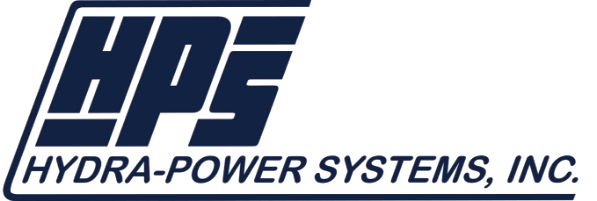Hydraulic systems are everywhere—hidden in plain sight, powering the machinery that builds our roads, hoists heavy equipment, and keeps industrial processes running smoothly.
But for the uninitiated (and even seasoned professionals), it can sometimes feel like a black box. What exactly makes a hydraulic system work? Let’s break it down into bite-sized pieces.
Hydraulic Fluid: The Lifeblood of the System
Think of hydraulic fluid as the bloodstream of your hydraulic system. Without it, nothing moves. This fluid is specially formulated to handle extreme pressure and temperature, ensuring consistent performance under tough conditions. It’s not just about moving parts—hydraulic fluid also lubricates components, reduces wear and tear, and helps dissipate heat.
The type of fluid you use matters. Mineral oil, synthetic blends, water-based fluids—each has its strengths and weaknesses. Picking the wrong one? That’s like trying to fuel a diesel engine with unleaded gas. You’re asking for trouble.
Pump: The Heart of the Operation
The pump is where the magic starts. It converts mechanical energy into hydraulic energy by creating flow. No flow? No go.
There are three main types of pumps you’ll encounter:
- Gear Pumps: Simple, rugged, and reliable—ideal for lower-pressure applications.
- Vane Pumps: Known for their smooth operation and efficiency; they’re a solid choice for mid-range pressures.
- Piston Pumps: The workhorses of the hydraulic world, designed for high-pressure applications and maximum output.
Each has its niche, but the goal is the same: to push hydraulic fluid through the system with enough force to get the job done.
Actuators: Turning Fluid Power into Motion
Here’s where the rubber meets the road (or, more accurately, where hydraulic energy turns into mechanical action). Actuators come in two flavors: linear and rotary.
- Cylinders (Linear Actuators): These are the ones you’ll see lifting, pushing, or pulling. Think of the massive arms on an excavator or the pistons in a press.
- Motors (Rotary Actuators): These take hydraulic energy and spin it into action, powering everything from conveyor belts to winches.
Actuators are the muscle of the system—the part that takes all that pressurized fluid and puts it to work.
Valves: The Traffic Controllers
Valves are like the traffic cops of your hydraulic system, directing the flow of fluid where it needs to go. There’s a valve for every job:
- Directional Control Valves: Manage where the fluid flows.
- Pressure Control Valves: Keep things safe by preventing over-pressurization.
- Flow Control Valves: Regulate the speed of actuators by controlling fluid flow.
Getting the right valve in the right place is crucial. A misstep here can lead to inefficiency—or worse, a catastrophic failure.
Reservoir: The Storage Tank
The reservoir is the unsung hero of the hydraulic system. It’s where the fluid rests when it’s not busy powering machinery. But don’t underestimate its importance. A well-designed reservoir does more than just store fluid:
- It allows air to escape.
- It cools the fluid.
- It filters out contaminants.
In short, the reservoir keeps everything running clean and cool, which is vital for long-term system health.
Filters: The Guardians of Cleanliness
Hydraulic systems are finicky about cleanliness. Even a tiny speck of dirt can wreak havoc on valves, pumps, and actuators. That’s where filters come in. They’re like the bouncers of the hydraulic world, keeping contaminants out and ensuring smooth operation.
Pro tip: Don’t skimp on maintenance. A clogged filter can choke your system faster than you’d think.
Seals: The Unsung Heroes
Seals don’t get nearly the attention they deserve, but they’re critical. These little components keep fluid in and contaminants out, ensuring the entire system remains pressurized and efficient. Think of them as the gaskets in your car engine—small but mighty.
A Harmonized Dance of Components
When you put all these parts together, what you get is a symphony of motion and power. Each component plays a specific role, but they’re all interconnected. A weak link anywhere—be it a worn seal, a misaligned valve, or a dirty filter—can bring the entire system to its knees.
Why Understanding the Basics Matters
For those of you who work with hydraulic systems day in and day out, knowing these basics isn’t just about troubleshooting problems. It’s about maximizing efficiency, reducing downtime, and staying ahead of potential issues. After all, when your equipment is running like a well-oiled machine, so is your operation.
Hydraulic systems might seem complex, but at their core, they’re built on simple principles. With a bit of knowledge and the right tools, you can keep them running strong.

